Filter by
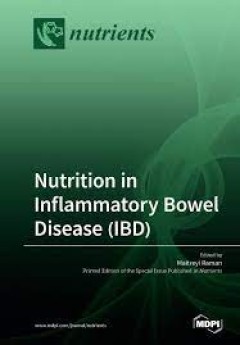
Nutrition in Inflammatory Bowel Disease (IBD)
The purpose of this Special Issue “Nutrition in Inflammatory Bowel Disease (IBD)” is to increase knowledge regarding the role of dietary composition and effects in IBD, describing the prevalence of malnutrition in IBD and the effect on clinical outcomes, discussing methods of nutrition risk screening and assessment in IBD, and reviewing mechanisms through which diet and dietary components m…
- Edition
- -
- ISBN/ISSN
- 978-3-03921-440-2
- Collation
- -
- Series Title
- -
- Call Number
- 572 NUT
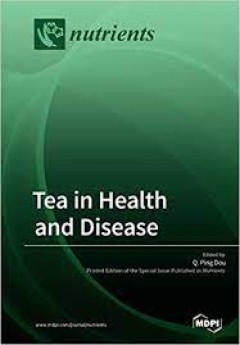
Tea in Health and Disease
Tea, made from the leaves of the Camellia senenisis plant, is the second most consumed beverage worldwide after water. Accumulating evidence from cellular, animal, epidemiological and clinical studies have linked tea consumption to various health benefits, such as chemoprevention of cancers, chronic inflammation, heart and liver diseases, diabetes, neurodegenerative diseases, etc. Although such…
- Edition
- -
- ISBN/ISSN
- 978-3-03897-987-6
- Collation
- -
- Series Title
- -
- Call Number
- 572 TEA

Agroecological Transitions : From Theory to Practice in Local Participatory D…
This Open Access book presents feedback from the ‘Territorial Agroecological Transition in Action’- TATA-BOX research project, which was devoted to these specific issues. The multidisciplinary and multi-organisation research team steered a four-year action-research process in two territories of France. It also presents: i) the key dimensions to be considered when dealing with agroecological…
- Edition
- -
- ISBN/ISSN
- 978-3-030-01953-2
- Collation
- XVI, 335 halaman
- Series Title
- -
- Call Number
- 630 AGR

Hillslope and Watershed Hydrology
Watershed hydrology is driven by climate forcing, near ground surface characteristics, and human activities, addressing a wide spectrum of environmental and water resource problems regarding both scientific-driven questions and practical engineering issues. This book collates watershed problems and solutions from around the world covering diverse climate types. These cases show complex interact…
- Edition
- -
- ISBN/ISSN
- -
- Collation
- -
- Series Title
- -
- Call Number
- 628 HIL
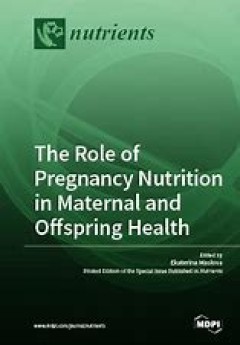
The Role of Pregnancy Nutrition in Maternal and Offspring Health
In pregnancy, maternal nutrition sustains and nourishes the developing child. Imbalances in either the direction of nutritional excess or deficiency can have adverse consequences for child health. In addition, more research now suggests that good pregnancy nutrition influences child health beyond pregnancy and delivery. This includes modifying the risk of child health outcomes as they enter chi…
- Edition
- -
- ISBN/ISSN
- 978-3-03921-997-1
- Collation
- -
- Series Title
- -
- Call Number
- 613 ROL
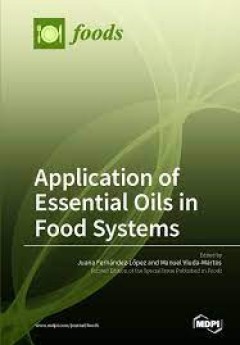
Application of Essential Oils in Food Systems
This Special Issue will look at the advances made in the essential oils. Essential oils have received increasing attention as natural additives for the shelf-life extension of food products, due to the risk in using synthetic preservatives. Synthetic additives can reduce food spoilage, but the present generation is very health conscious and believes in natural products rather than synthetic one…
- Edition
- -
- ISBN/ISSN
- 978-3-03897-048-4
- Collation
- -
- Series Title
- -
- Call Number
- 572 APP
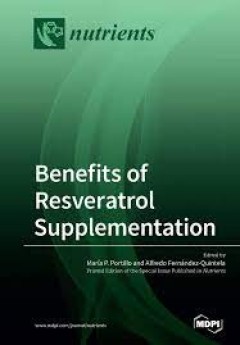
Benefits of Resveratrol Supplementation
Resveratrol (3,5,4’-trihydroxy-trans-stilbene) is a phytoalexin that belongs to the group of stilbenes. Some plants produce resveratrol in response to infection, stress, injury, or ultraviolet radiation. Resveratrol is also found in grapes, wine, grape juice, peanuts, and some berries, such as blueberries, bilberries, and cranberries. Moreover, the glucosides of resveratrol are also widely re…
- Edition
- -
- ISBN/ISSN
- 978-3-03921-276-7
- Collation
- -
- Series Title
- -
- Call Number
- 572 BEN
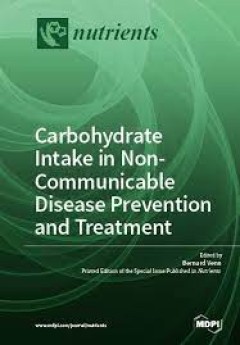
Carbohydrate Intake in Non-communicable Disease Prevention and Treatment
In 2011, carbohydrates provided 63% of the dietary energy intake to the world’s population. Historically, carbohydrate-rich diets have been associated with good health and longevity but there has been a move away from traditional carbohydrate-rich diets, with refined carbohydrate taking much criticism for contributing to non-communicable disease. The aim of this Special Issue is to discuss th…
- Edition
- -
- ISBN/ISSN
- 978-3-03897-819-0
- Collation
- -
- Series Title
- -
- Call Number
- 572 CAR

Historiography of Mathematics in the 19th and 20th Centuries
This book addresses the historiography of mathematics as it was practiced during the 19th and 20th centuries by paying special attention to the cultural contexts in which the history of mathematics was written. In the 19th century, the history of mathematics was recorded by a diverse range of people trained in various fields and driven by different motivations and aims. These backgrounds oft…
- Edition
- -
- ISBN/ISSN
- 978-3-319-39647-7
- Collation
- X, 276
- Series Title
- -
- Call Number
- 510 HIS
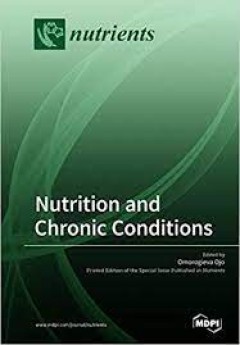
Nutrition and Chronic Conditions
The effects of nutrition in chronic conditions, such as diabetes, cardiovascular disease, dementia, stroke, and inflammatory bowel disease continue to generate interest among researchers. This stems from the fact that diet is a modifiable risk factor for these diseases, which manifest either as single entities or in co-morbid states in individuals and populations around the world. In particular…
- Edition
- -
- ISBN/ISSN
- 978-3-03897-603-5
- Collation
- -
- Series Title
- -
- Call Number
- 572 NUT
 Computer Science, Information & General Works
Computer Science, Information & General Works  Philosophy & Psychology
Philosophy & Psychology  Religion
Religion  Social Sciences
Social Sciences  Language
Language  Pure Science
Pure Science  Applied Sciences
Applied Sciences  Art & Recreation
Art & Recreation  Literature
Literature  History & Geography
History & Geography